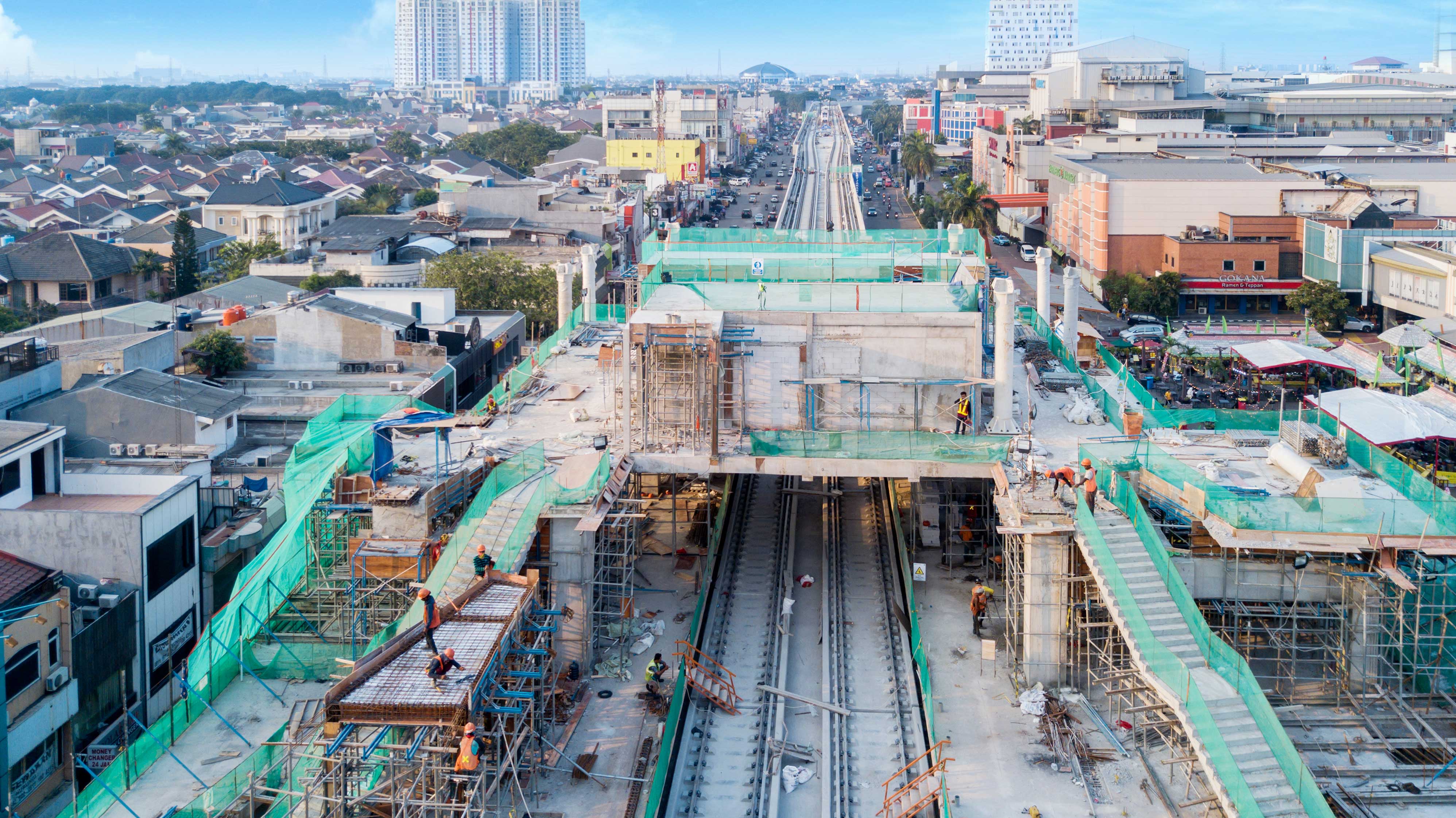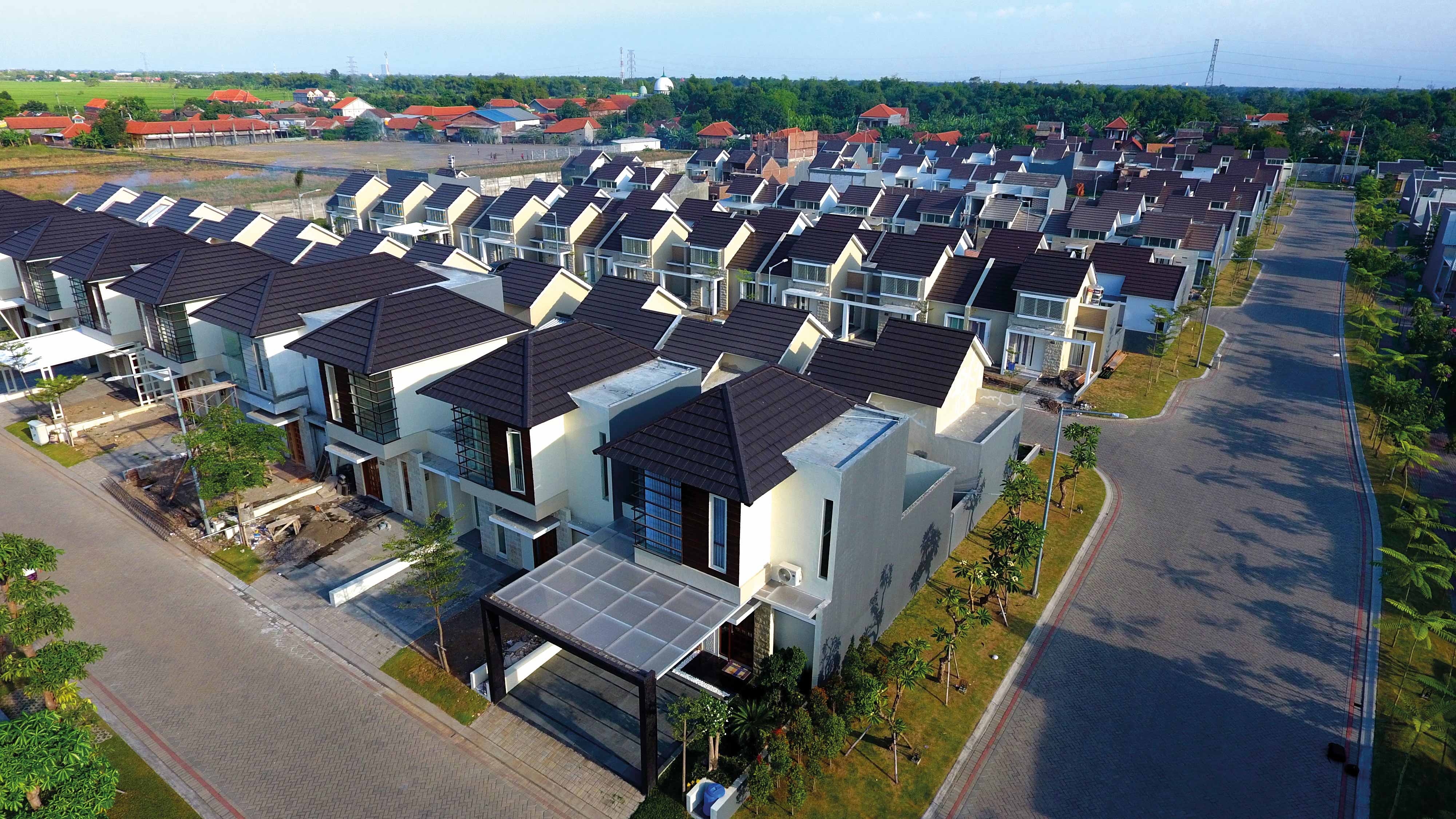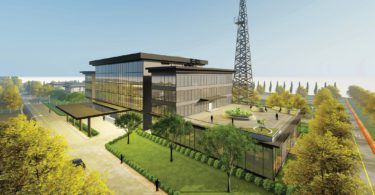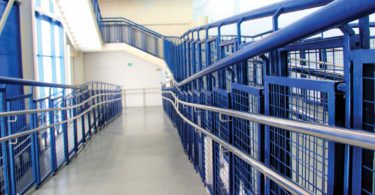The accelerating infrastructure development effect and the impact of TOD-readiness are some of the factors affecting residential property and construction development in Indonesia today, as highlighted by Luke Rowe, Head of Residential, JLL Indonesia.
How would you describe the residential property and construction development market in Indonesia over the past five years?
For apartments and condominiums, it has been a very mixed market situation. We have experienced a major boom, followed by a sharp contraction (refer to chart in page 37) The market that has slowed down the most is the upper and luxury sectors, which were heavily affected by government policy on luxury and super luxury taxes. Luxury and super luxury taxes also have a profound impact on the primary market where properties above IDR 10 billions attract the following taxes: luxury tax 20 per cent plus super luxury tax 5 per cent plus VAT 10 per cent + BPHTB (which is like stamp duty).
In response to this, developers have chosen to offer smaller units that are under these tax thresholds and are more moderately priced, in terms of the total investments required per unit. We have, therefore, shifted focus and have been seeking opportunities in the middle market where buying activity is still there for the right project in the right location with a trusted and known developer behind said project. We believe this type of project will have considerably better sales velocity and tenant occupancy.

Construction project of station and railway tracks for Light Rail Transit (LRT) in Jakarta, Indonesia – Photo by Shutterstock/ Creativa Images
How is the actual market response so far?
Subdued. The upcoming presidential election and the political maneuvering taking place do have an impact on investor confidence. It is also worth remembering that, on average, 60 to 70 per cent of new units brought onto the market are purchased by investors. While owner occupation is rising and the desirability of apartment living is also on the rise, investors are taking a wait-and-see approach, which is quite normal in the run-up to a presidential election.
What are the factors that most affect Indonesia’s residential property in 2018?
There are many factors involved. There are the underlying price of land to be developed, the location of real estate, the class of purchaser that the developer is seeking, the payment terms offered, the access to new infrastructure, the reputation of the developer of the project, the market’s confidence in the developer’s ability to complete even if there is a slow sales take-up, the likelihood for capital gain, and the attractiveness for owner occupiers.
 LUKE ROWE
LUKE ROWE
Head of Residential, JLL Indonesia
Rowe is primarily responsible for business development. He oversees activities related to project marketing, residential leasing and tenant representation services, Bali office and the international projects department. With more than 20 years in the real estate industry, he has had the benefit of seeing both sides of the real estate business, both real estate agency services and property development. He has been involved in numerous projects for commercial and residential real estate, provided high-level consulting, and been responsible for the creation of the asset management monitoring system utilised by BPPN (IBRA, The Indonesian Bank Restructuring Agency) as the largest portfolio of property ever handled by a single body in Indonesia.
To read the complete article, please download the Construction Plus App on the App Store or Google Play.













